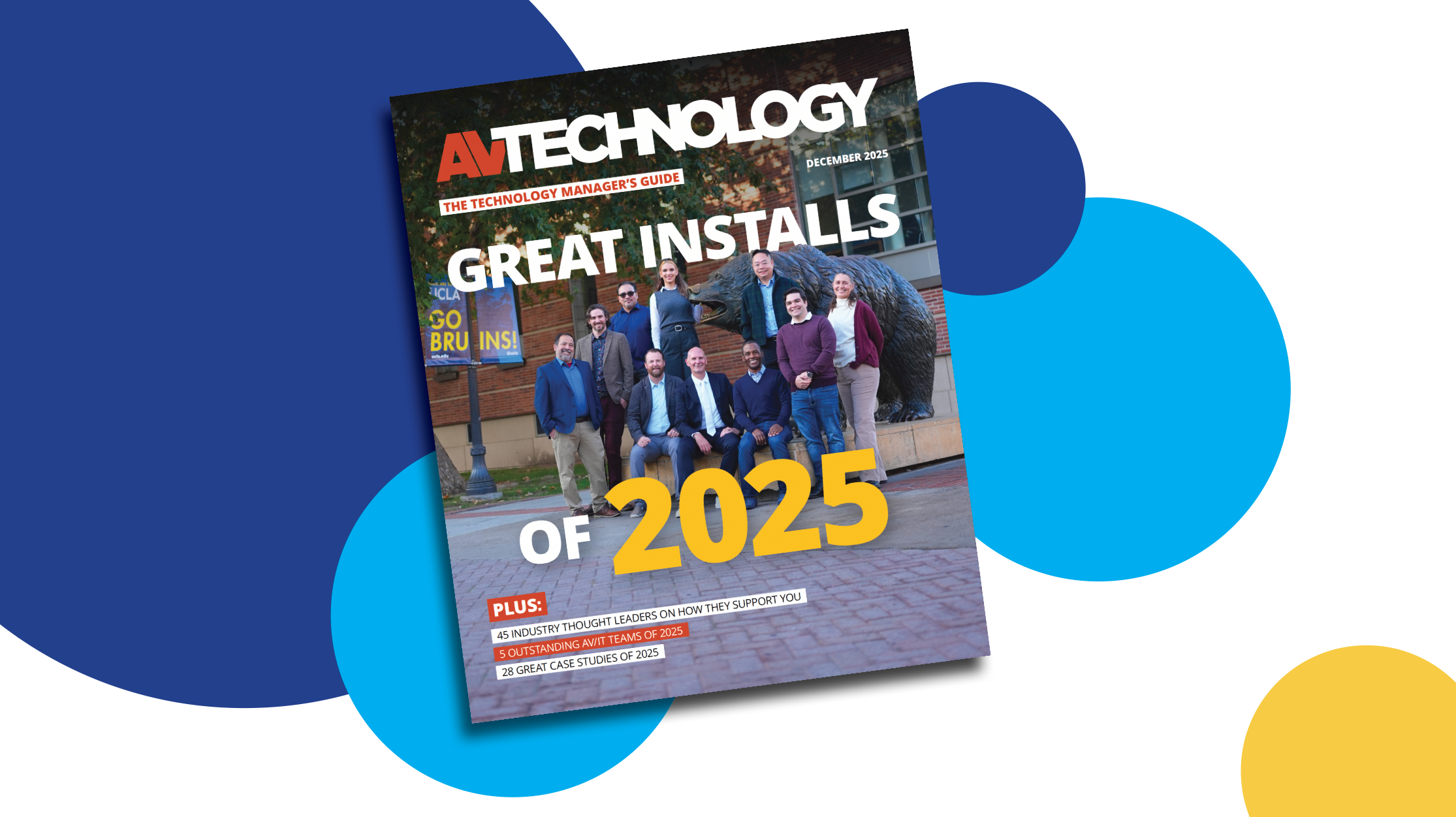On Workplace 3.X: HDBaseT Alliance
Tzahi Madgar, President at HDBaseT Alliance shares insight for ensuring meeting equity and how to deliver the best collaboration experience regardless of location. Part of AV Technology's Thought Leader Series.

AVT Question: Please share insight and best practices for ensuring meeting equity for all employees and how to deliver the best collaboration experience regardless of location.
Thought Leader: Tzahi Madgar, President at HDBaseT Alliance
Not surprisingly, a recent study conducted by Alliance Contributing member, Crestron Electronics, showed that nearly 85 percent of employee meetings involve at least one remote participant.
However, along with this shift to a completely normalized work-from-anywhere paradigm comes the expectation and vision of better, more realistic user experiences for all those in attendance, whether in person or virtually. The earliest manifestation of this change came in the transfer of influence from the hardware already in the room to the software platforms facilitating these meetings. Now, with the growing demand for all new features they can support has come a massive influx of cameras, displays, and other peripherals into the mix—usually requiring USB interface connectivity and specifically with a USB Type-C connection for BYOD purposes.
Simply adding more equipment to an installation doesn’t necessarily translate into a better installation, and is something that requires the right space planning, technology flexibility, and user-friendliness." —Tzahi Madgar, President at HDBaseT Alliance
Unfortunately, however, simply adding more equipment to an installation doesn’t necessarily translate into a better installation, and is something that requires the right space planning, technology flexibility, and user-friendliness.
One effective way to check all these boxes is through an installation built on HDBaseT. Much like a USB Type-C connector, HDBaseT carries the same signals: 4K@60 4:4:4 video, high-fidelity audio, USB 2.0, 1Gbps Ethernet, controls, and power. Better yet, it not only carries these signals but also allows for the extension of them over a standard field-terminated Category cable for distances of up to 328 feet (100m). This, along with its vast and easily leverageable, backward-compatible existing install base makes it the natural choice for addressing the industry’s ongoing need for a professional-grade USB extension solution, especially in corporate meeting spaces and other UC&C environments.
A daily selection of features, industry news, and analysis for tech managers. Sign up below.

Cindy Davis is the brand and content director of AV Technology (AVT). She was a critical member of the AVT editorial team when the title won the “Best Media Brand” laurel in the 2018 SIIA Jesse H. Neal Awards. Davis moderates several monthly AV/IT roundtables and enjoys facilitating and engaging in deeper conversations about the complex topics shaping the ever-evolving AV/IT industry. She explores the ethos of collaboration, hybrid workplaces, experiential spaces, and artificial intelligence to share with readers. Previously, she developed the TechDecisions brand of content sites for EH Publishing, named one of the “10 Great Business Media Websites” by B2B Media Business magazine. For more than 25 years, Davis has developed and delivered multiplatform content for AV/IT B2B and consumer electronics B2C publications, associations, and companies. A lifelong New Englander, Davis makes time for coastal hikes with her husband, Gary, and their Vizsla rescue, Dixie, sailing on one of Gloucester’s great schooners and sampling local IPAs. Connect with her on LinkedIn.
